
Membrane properties refer to the physical and chemical characteristics of the membrane material, mainly including surface charge, hydrophilicity, hydrophobicity, pore size, and surface roughness. These properties affect the degree of membrane fouling to varying extents. The main factors of fouling caused by the membrane material include: adsorption due to the surface and interfacial free energy between the membrane and the solution, the wetting phenomenon of the solution on the membrane surface, the fouling resistance of the membrane material, hydrophilicity, etc. Adsorptive membrane fouling is the most common type caused by the interaction between the membrane material and the solution.
The fundamental cause of adsorptive fouling is that when the membrane surface adsorbs molecules with similar polarity, the interfacial tension in the adsorption layer is low, allowing the adsorption layer on the membrane surface to exist stably. The molecular nature, condensed state properties of the membrane surface, and the polarity of the foulant directly determine adsorptive fouling. The non-specific forces causing foulant adsorption onto the membrane surface are: electrostatic forces, hydrophobic interactions, van der Waals forces, and hydrogen bonding. Among these, van der Waals forces and hydrogen bonding between molecules collectively influence the membrane's polarity. The polarity of the membrane surface can also be described through the wetting phenomenon.
Furthermore, the hydrophilicity/hydrophobicity of the membrane is also an important factor affecting fouling. It is generally believed that membranes with strong hydrophilicity can reduce fouling formation. Foreign scholars, comparing hydrophilic and hydrophobic materials in nanofiltration experiments, concluded that the flux decline of hydrophobic materials is more severe than that of hydrophilic materials, with more serious fouling phenomena and the formation of a denser cake layer on the membrane surface. Strongly hydrophilic membrane materials are usually characterized by the contact angle on the membrane surface. It is generally believed that the smaller the contact angle, the higher the hydrophilicity of the membrane surface, which is manifested as the wetting phenomenon.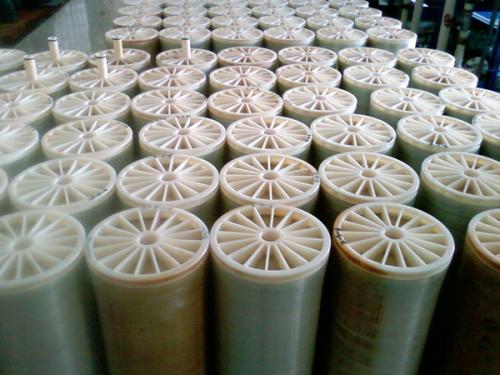
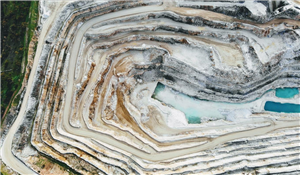
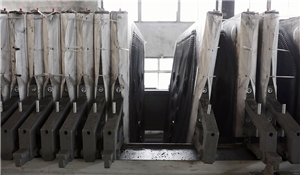

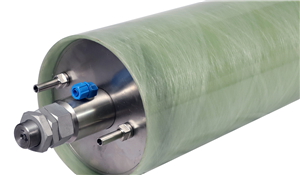



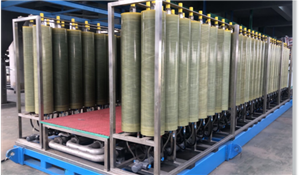
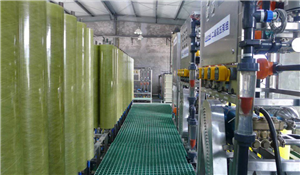
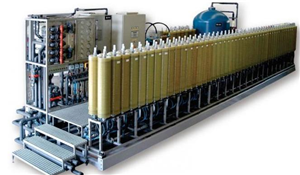


Henan Yuanhede Industrial Technology Co., Ltd.
East Industrial Park, Yuzhou City, Henan Province, China.
(+86)139 3822 7726
info@yhdegroup.com
www.yhdegroup.com